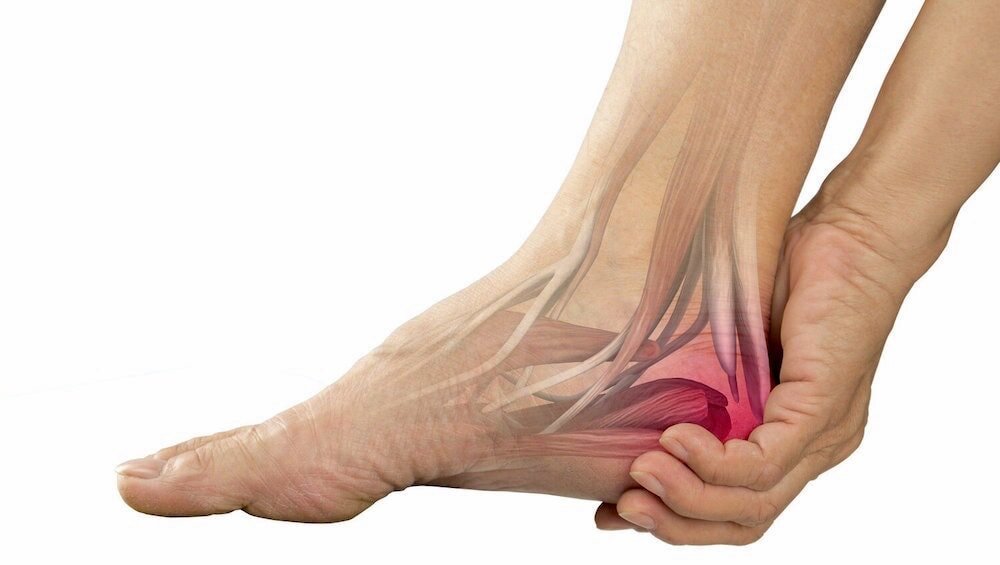Tendonitis
Tendonitis services offered in Conroe | The Woodlands | Spring | North Houston
Achilles Tendon Injuries: Causes, Symptoms, and Treatment
The Achilles tendon is the largest tendon in the human body and plays a crucial role in movement. It connects the gastrocnemius and soleus muscles in the calf to the heel bone (calcaneus). The Achilles tendon is vital for:
Standing balance
Walking and running propulsion
Jumping
Due to the significant stress placed on the Achilles tendon during physical activities like running and jumping, it is prone to Achilles tendon injuries, particularly Achilles tendonitis.
If you think you have an achilles tendon injury or tendonitis call our foot doctor in Conroe at 936-273-6000 or schedule your appointment online.
Stiffness and swelling at the back of the ankle.
Pain that worsens with increased intensity or frequency of physical activities.
Diagnosis of Achilles Tendonitis:
Diagnosis is made based on history and a physical examination by a podiatrist.
The doctor will assess the patient's pain levels, activity history, and identify the pain's location at the back of the ankle.
Treatment for Achilles Tendonitis:
Conservative treatment is effective when Achilles tendonitis is diagnosed early.
Rest and ice help reduce inflammation.
Physical therapy and stretching exercises to strengthen the tendon and improve flexibility.
Anti-inflammatory medications may be prescribed to manage pain.
Tendon strengthening exercises can help prevent future injuries.
Gradual return to physical activities, particularly running and jumping, once pain subsides.
When Surgery is Needed:
Surgery for Achilles tendonitis is rarely needed unless the condition is chronic or if the tendon is severely ruptured.
Surgical intervention may be required for complete tendon rupture or if conservative treatments do not provide relief.
Tips for Preventing Achilles Tendonitis:
Warm up properly before physical activity to prepare your tendons and muscles.
Avoid sudden increases in running intensity or frequency.
Wear properly fitted shoes that support your feet and ankles.
Incorporate strengthening and stretching exercises into your routine to maintain tendon flexibility.
Key Takeaways:
Early diagnosis and conservative treatment are essential for effectively managing Achilles tendonitis.
Rest and gradual return to activity are critical for recovery to prevent further injury.
Physical therapy and proper footwear are essential components of recovery and injury prevention.
If you’re experiencing symptoms of Achilles tendonitis or want to learn more about treatment options, call our foot doctor in The Woodlands at 936-273-6000 or schedule an appointment today.
What is Achilles Tendonitis?
Achilles tendonitis is the most common injury affecting the Achilles tendon, resulting in inflammation and pain at the back of the ankle.
Achilles tendonitis typically occurs in individuals who engage in regular sports activities, especially those that involve running, jumping, or sudden movements.
Older athletes are more susceptible to Achilles tendonitis due to the natural weakening and loss of elasticity in the tendons and ligaments with age.
Symptoms of Achilles Tendonitis:
Pain in the Achilles tendon when walking or running.
Increased pain after intense physical activity, especially running or jumping.
Pain may be severe, preventing normal running and causing discomfort even while walking.



